|
Our Ancestral Heritage & Heraldic Story
The Story of our Origin
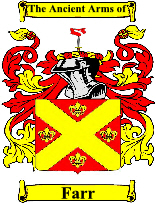 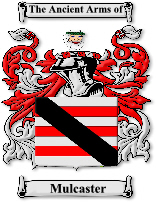 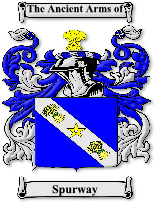 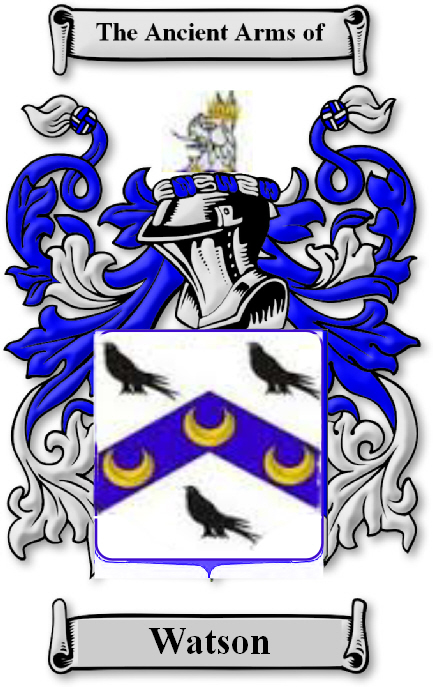
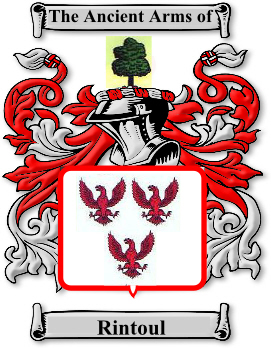 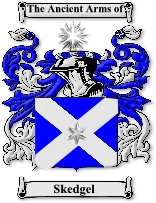 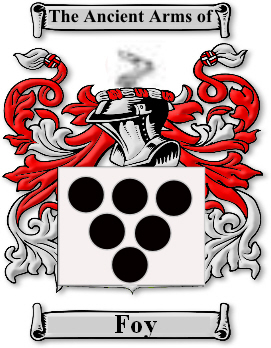
Our history with its flickering lamp stumbles along the trail of the past,
trying to reconstruct its themes, to revive its echoes and kindle with pale
gleams the passion of former days.
Sir Winston Spencer Churchill
The recorded past is available for us to discover. We can define our personal heritage at almost any time it is convenient for us to do so. The recent past and present are not as easy to discover.
Our unique family heritage is what genealogists call “clues to your past”. Properly collected and pieced together, these clues can unlock the most interesting adventure you will ever experience. These clues learned from other members of your family can teach you “the story of your origin. Here we start to unravel the origin of the family.
On my Mother’s father’s side, “The Mulcasters” we have traced back to 1093
Also on my mothers mother’s maiden name “The Spurway Family” we are back to 1290
On my Father’s side “The Farrs” we have traced back to 1810
On my wife’s side “The Skedgel family”. we are back to the 1800’s
We are also exploring Tish’s Mother’s side through the Rintouls and the Foy family
So watch this space.
The Origin of the Family Crest
The Family Crest or Coat of Arms..
Coats of Arms, also known as Family Crests, first appeared in this country during the 13th century. There is no record of coats of arms being present at the Battle of Hastings in 1066, nor were family crests apparent by the beginning of the twelfth century. However, in the 13th century, arms were found throughout Europe and the whole 'science' of heraldry - its rules and terms - had been established. During this time the Crusades undoubtedly helped spread the use of coats of arms.
Various suggestions have been put forward regarding the origin of coats of arms, for example: banners, tabards and of course shields. Probably, once a design had been adapted, it would have been put to many personal items at the same time. To qualify as a coat of arms, a design must be capable of being depicted on a shield, but the name is derived from the linen tabard which was worn over the armour and upon which the design was shown. This was called a surcoat, which lead to the term 'coat of arms'.
It was in battle that the need for armorial bearings arose. In times of warfare it was the nobility, the land-owners, who were called upon for leadership, and each landowner would control his small group of illiterate men in battle. With the helmet of a suit of armour closed in battle it would have been difficult to identify the man inside, hence the distinctive coat of arms or family crest pictured on a shield and embroidered surcoat became essential.
Armorial devices were the prerogative of the upper class. In early times even land could not pass from one person to another without the licence of the king, and the sovereign was also involved in the granting of coats of arms. However, pretty soon other families in what might be called the middle classes started displaying their own, although 'heralds' and other officers of the government tried in vain to keep the use of coats of arms confined to a privileged few.
Today, displaying the family coat of arms has again become popular, and prints and shields are found in many houses. Of course the shields are smaller than those found in medieval banqueting halls - but so are the houses!
The Component Parts Of A Coat Of Arms..
Technically the coat of arms is just the part that appears on the shield. The entire grouping should be referred to as an 'achievement', but this term is very rarely used. The grouping, which we will call the coat of arms for convenience, is usually made up of the following parts:
The Arms: The Shield and the Devises upon it.
The shield is of the greatest importance in a coat of arms. As a minimum a shield must consist of a coloured surface or background, known as the 'field', and some figure or device or design which forms the 'charge' or 'charges'. The shield is the emblem of the rank of gentility; the vehicle for the display of the particular device which is the token of the 'technical' gentility of a particular family; and the vehicle for the display of the quartering to denote inheritance of representation to denote cadence, and to display alliance by marriage or office, hence often a marriage of landed folk’s devises will be seen together on the arms of the male heir . The shape of the shield chosen for a pictorial representation is entirely a matter for the wearer. Strictly, however, you should be careful to choose a shield shape that fits well with the date of the coat of arms.
The Helmet ..
There are certain rules that date from the seventeenth century regarding the form and position of the helmet.
A royal helmet is gold, placed facing forwards and with the visor open but guarded by grilles or bars.
the helmet of a peer is silver, placed in profile and with the visor open but guarded by grilles of gold.
the helmet of a knight or baronet is of steel, placed facing forwards with the visor open, and without grilles.
the helmet of an esquire or gentleman is of steel, placed in profile and has the visor closed.
Subject to these rules the period, shape and style of the helmet are the choice of the wearer. Again, however, you should take care not to adopt, say, a sixteenth century helmet to accompany a fourteenth century shields.
The Mantling or Lambrequin ..
In wartime there would be a cloth suspended from a point on the top of the helmet and hanging down the back of the wearer. Its purpose was to save the armour from rust, to absorb the heat of the sun striking the armour and to prevent the sword of the enemy from getting a clean swipe. During battle the mantling would become cut and ragged, showing that its wearer had been in the thick of things. Heraldic artists have somewhat gone to town with this idea and representations of coats of arms have exaggerated the flowing mantling on either side of the helmet and shield.
The shape and form of the mantling are left to the artist but there are rules about colour. Throughout Europe mantling was originally of crimson cloth lined with white. This remained so in England until around 1700, and in Scotland until almost 1900. Later, the red and white mantling gave way to a mantling of the same colour as the arms; the outside being of the colour and the lining of the metal.
The Wreath or Torse ..
The wreath is the most popular way of attaching the crest to the helmet. In most pictorial representations the wreath is shown as a bar on top of the helmet and consists of six links, alternately metal and colour.
The Crest ..
Coats of arms existed for a long time before there is any evidence of the use of crests. The crest is the ornament on top of the helmet. The earliest crests were almost always animals or an animal's head. At first only very high ranking families used these additions to coats of arms, but later the addition of crests became common practice.
The Motto ..
Mottoes had no place in real armoury or actual warfare, and appeared only on artist impressions of a coat of arms. The first mottos appeared around 1660 and rapidly became popular after that date.
Colours Used In Coats Of Arms..
Any colour can be used for the family crest - the part on top of the helmet, and the charges - the decoration on the sides of the shield, but few colours will be used in the remainder of the coat of arms.
If you come across a description of a coat of arms you will find it is in Old French. The following table has the traditional names of the colours, and the meaning of each.
Colour Name Meaning
Red Gules Military fortitude and magnanimity
Blue Azure Loyalty and truth
Black Sable Constancy, and sometimes grief
Green Vert Hope, joy and sometimes loyalty in love
Purple Purpure Royal majesty, sovereignty and justice
Gold Or Worthy ambition
Silver Argent Peace and sincerity
The two metals, gold and silver, are usually shown as yellow and white.
As well as colours, a coat of arms may contain furs. These are:
Ermine White background with black spots
Ermines Black background with white spots
Erminois Gold background with black spots
Vair Shield shaped divisions of blue and white
Potent T-shaped divisions of blue and white
When engraving, colour is not possible so there is a correct way to use shading to denote the colours.
Or Dots on a clear background
Argent Clear
Gules Vertical lines
Azure Horizontal lines
Sable Checks of horizontal and vertical lines
Vert Diagonal lines from top left to bottom right
Purpure Diagonal lines from top right to bottom left
|